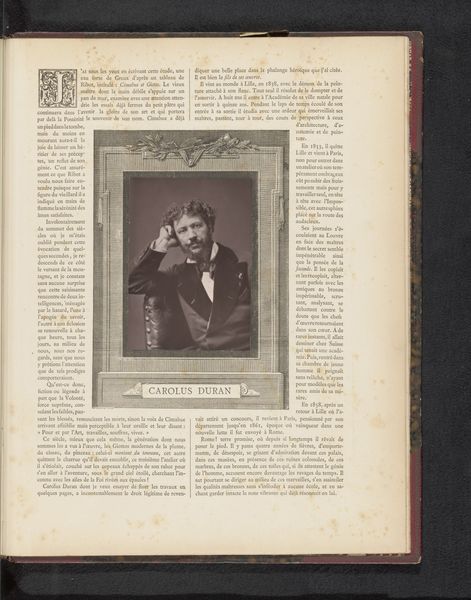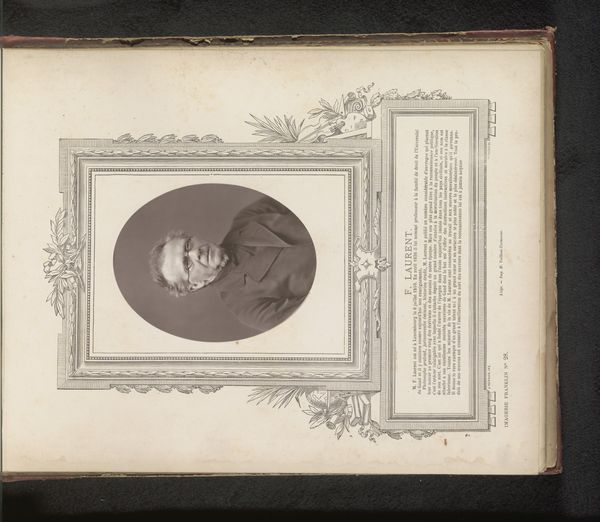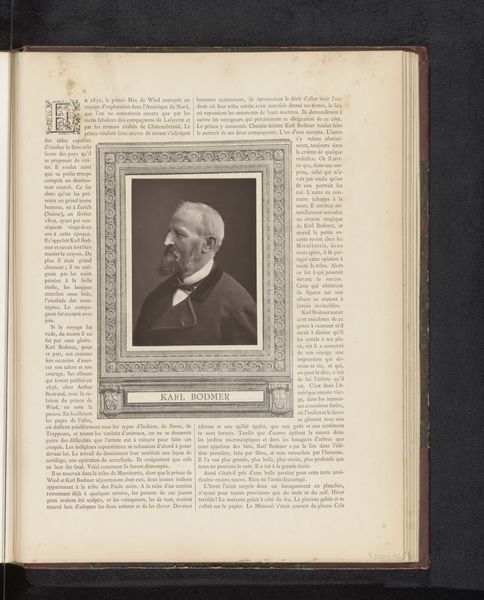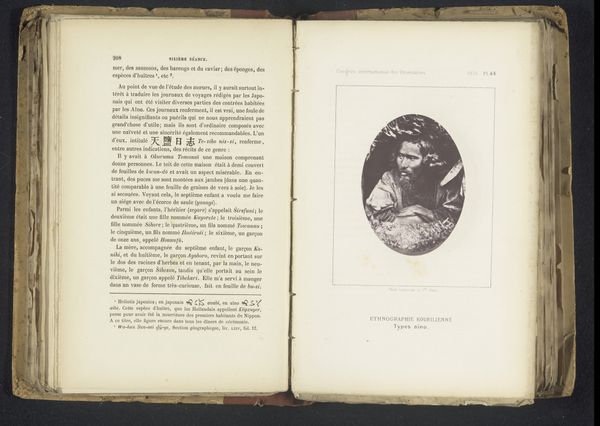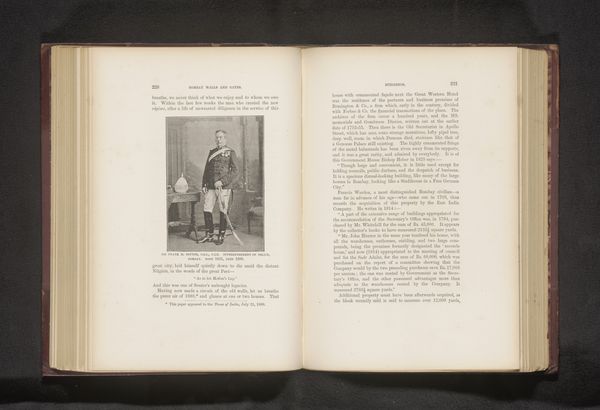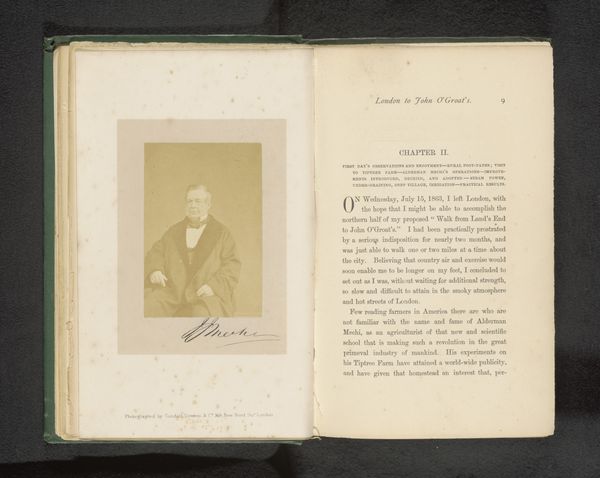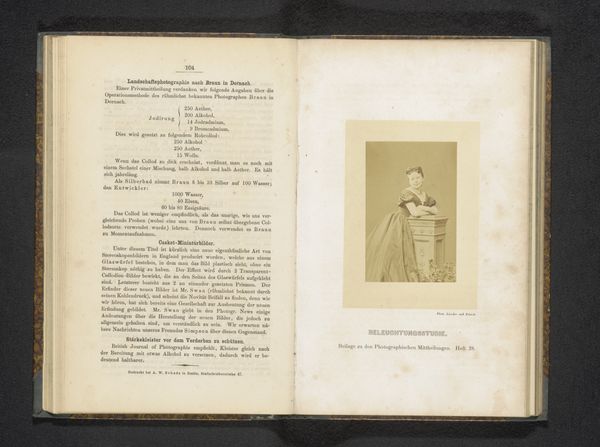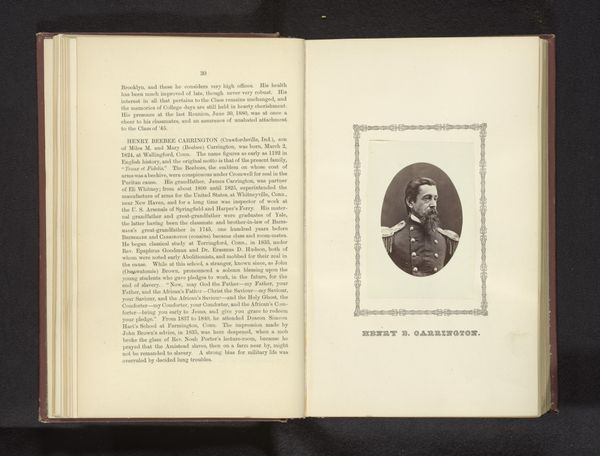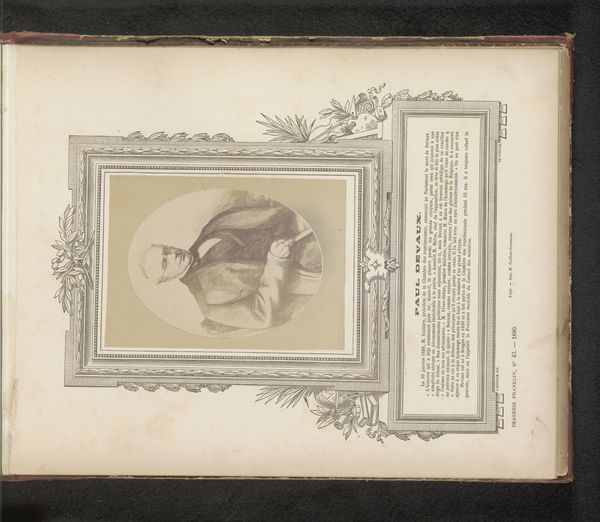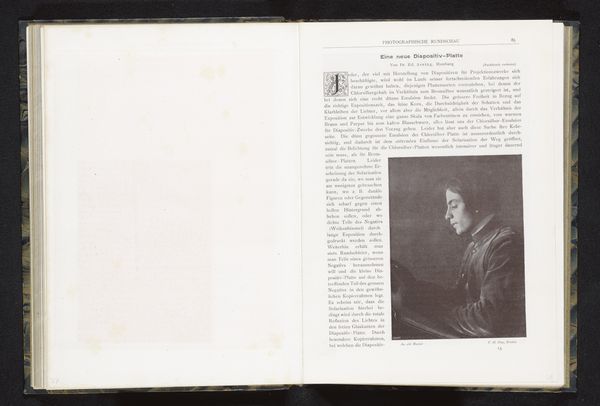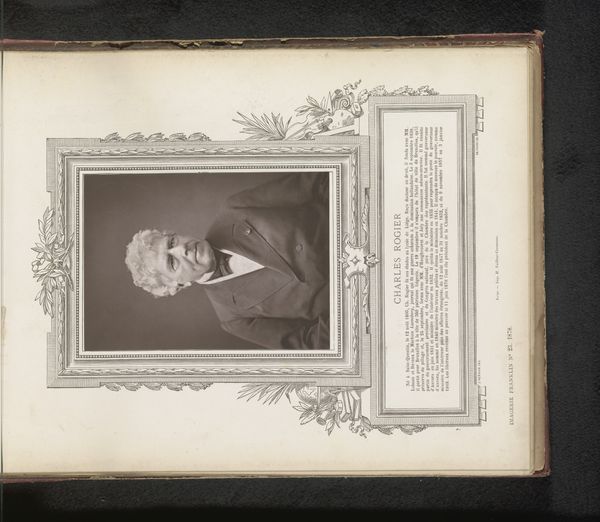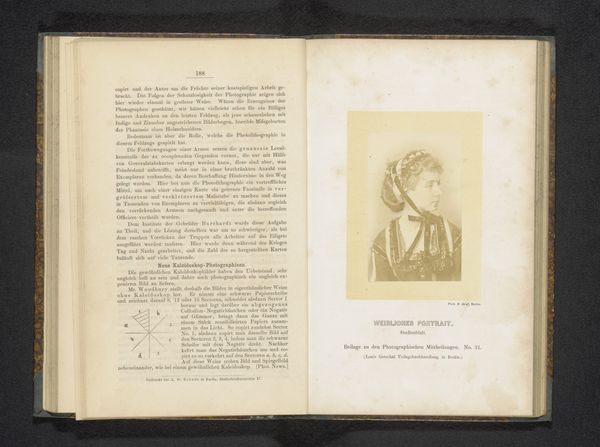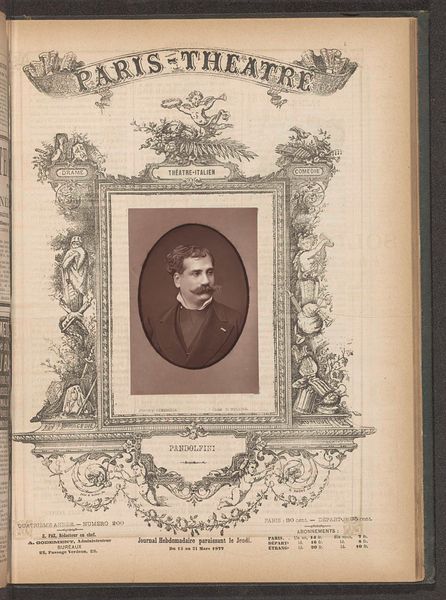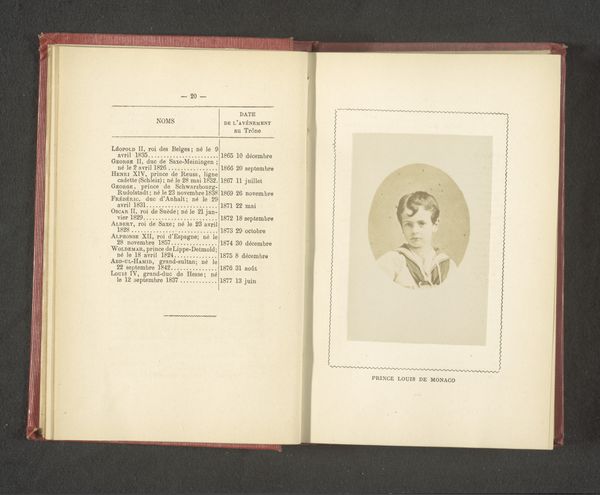
photography
#
portrait
#
photography
#
academic-art
Dimensions: height 101 mm, width 74 mm
Copyright: Rijks Museum: Open Domain
Curator: This photograph, dating to before 1876, offers us a glimpse into the likeness of Henri Regnault, a figure associated with academic art. The medium, photography, already positions it as a document, inviting inquiries into the context it seeks to preserve. Editor: It evokes a contemplative mood, doesn't it? The way the figure is positioned, almost casually leaning against the plinth, suggests a moment caught in time. The composition, stark yet detailed, speaks to a very specific type of controlled presentation. Curator: Precisely. Consider the moment this was produced; photography itself was entangled with assertions of scientific accuracy, but it simultaneously presented opportunities for artists and their studios. This image could be approached in light of class, artistic labor, and visuality, echoing broader social power structures. Regnault, himself an established artist, is presented here in a manner that aligns with notions of creative genius, accessible yet authoritative. Editor: Absolutely, the visual language is crucial. Note his stance, almost defiant, yet leaning slightly as though in conversation, one hand gesturing loosely as if mid-sentence. He wears dark attire, a signal, contrasting his light skin, his exposed neck like the opening to a swan’s egg: a sign of status, artistry, maybe even access. And the shadows further amplify his image; in my view, a clear sign he holds psychological complexity. What would you say? Curator: I think that it resonates strongly with how artists strategically fashioned their image within very competitive, gendered contexts in this period. This form of constructed persona allowed for navigation through art-historical frameworks steeped in masculinity. His attire and stance, while symbolic of status, are also perhaps conscious challenges to established visual tropes. The photograph serves as an intriguing site for questioning societal structures inherent at this moment. Editor: Yes, quite fascinating! In his presentation, he seeks perhaps for acknowledgement, maybe even an elevation through what came before; and perhaps as such it becomes a kind of modern interpretation of an antique ideal, using updated forms. Curator: Indeed. The way that his image invites contemporary re-interpretations really enhances our appreciation for it now. Editor: I agree; the image leaves us with such questions about artistic agency.
Comments
No comments
Be the first to comment and join the conversation on the ultimate creative platform.
